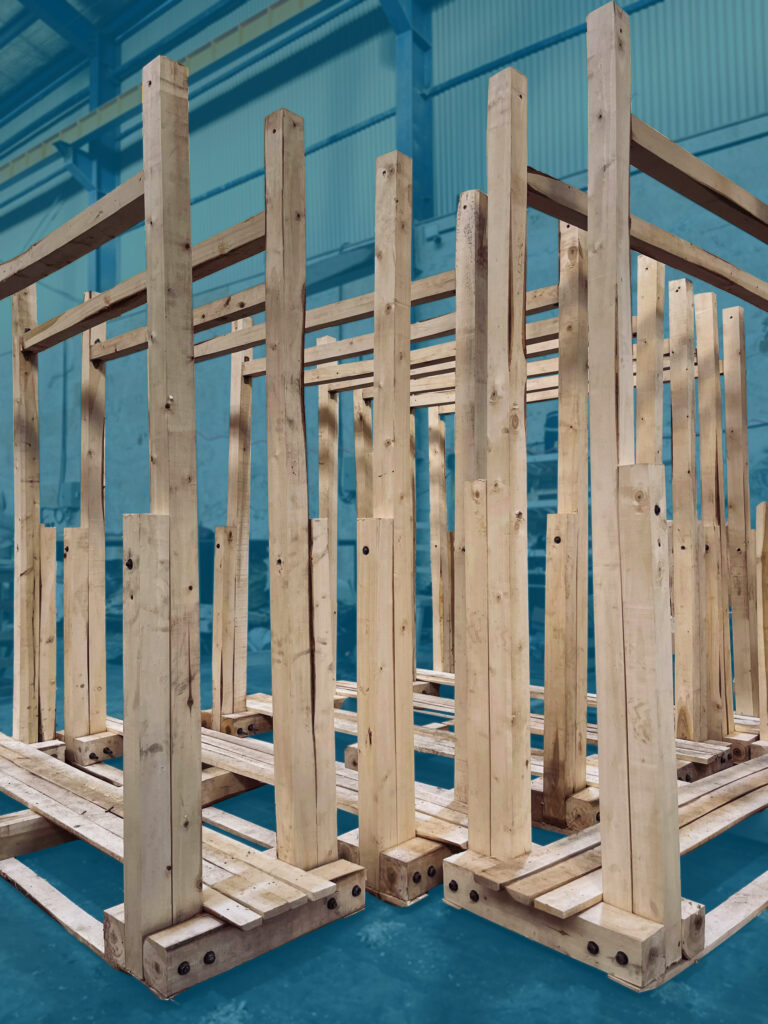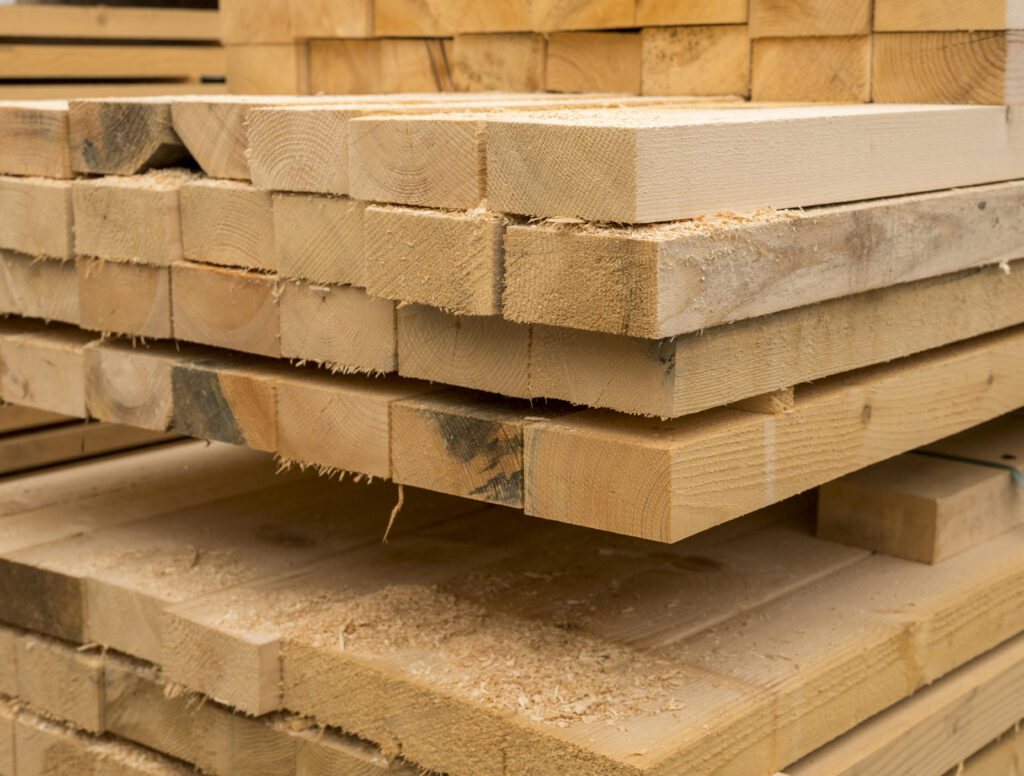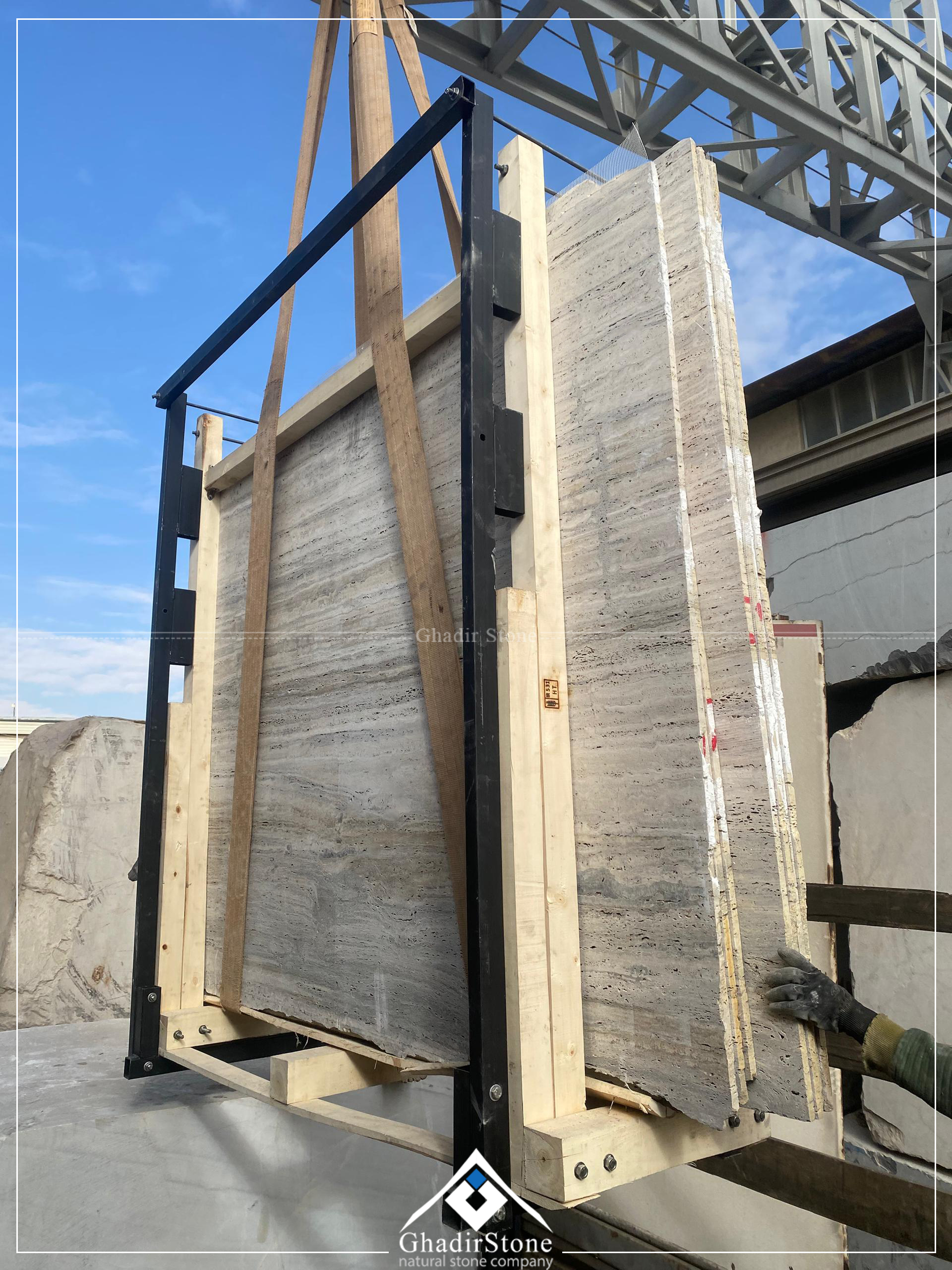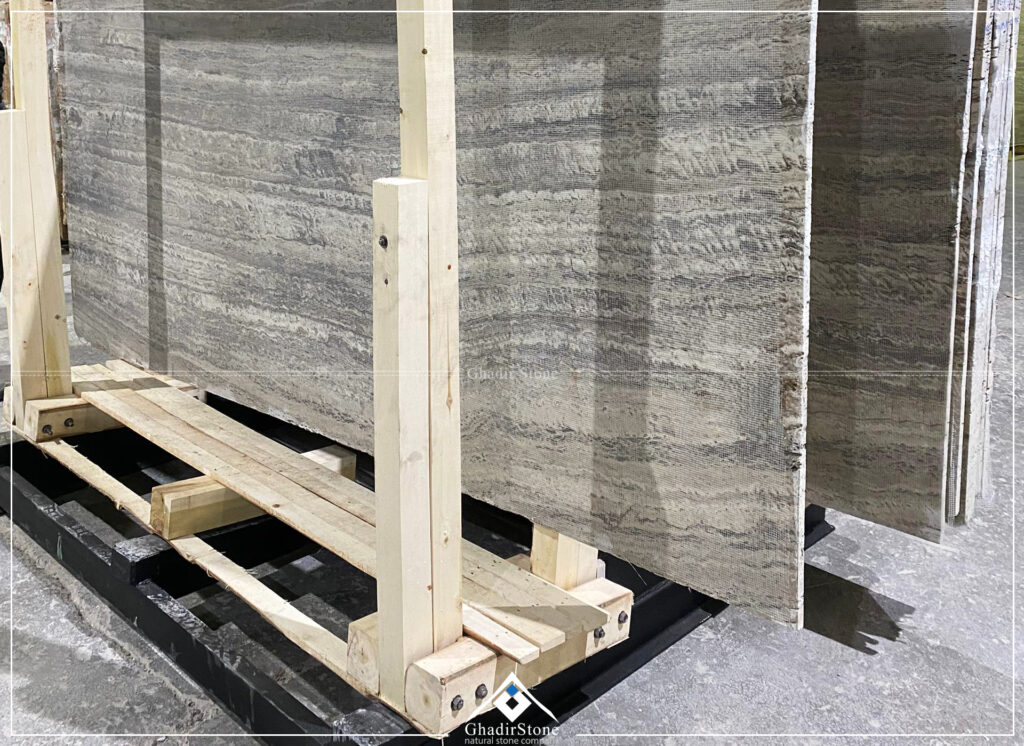Wooden Packing Essentials: Navigating Regulations in the USA and Brazil
The numbers are staggering
improper wooden packaging leads to trade delays and rejected shipments worth over $1 billion every year. Global trade expansion brings new challenges to meet wooden packing requirements in a variety of regions.
Wooden packing regulations between major markets like the United States and Brazil can be tricky to handle. Each country has its own set of rules, and missing these standards might get pricey with delays, rejections, or legal issues. This piece will get into the core regulations for both markets. You’ll learn about their main differences and practical ways to stay compliant. Our guidance will help exporters direct these requirements smoothly while running efficient shipping operations.
Understanding ISPM-15 Compliance Requirements
ISPM-15 compliance has specific requirements we must follow for international wooden packing materials. These guidelines come from the International Standards for Phytosanitary Measures No. 15 (ISPM-15), and they are vital for wooden packing materials used in global trade.
Our wooden packing materials need one of these approved treatments:
Methyl bromide fumigation (MB): Complete fumigation in sealed areas
Heat treatment (HT): Core temperature must reach 56°C for at least 30 minutes

The debarking process plays a key role in preparing wooden packing crates. The bark’s width should not exceed 3 cm, whatever its length. Any piece that’s wider than 3 cm must stay under 50 square centimeters in total surface area.
Each wooden packing unit needs the ISPM-15 mark on at least two opposite sides to identify it properly This mark should display the IPPC logo, country code, producer number, and treatment type (HT or MB).
Keep in mind that the certification stays valid until we repair or alter the material, as long as we treat and mark the packaging correctly But combining exempt materials like plywood with solid wood components means the whole unit needs treatment and marking.
The Food and Agriculture Organization (FAO) runs these standards through the International Plant Protection Convention (IPPC). Subscribing governments worldwide manage the implementation. Our experience shows that clear documentation and partnerships with certified treatment facilities make compliance much smoother.
Comparative Analysis of US and Brazil Regulations
The US and Brazil’s wooden packing regulations show several unique approaches to implementation and enforcement. Both countries follow ISPM-15 standards, but Brazil has added extra requirements that need careful evaluation.
Brazil’s regulations demand detailed declarations about wooden packing materials on all shipping documents. The Brazilian Ministry of Agriculture (MAPA) requires specific statements on bills of lading that categorize wooden packaging into four types:
- Processed wood
- Treated and certified materials
- Untreated and uncertified materials
- Not applicable (no wooden materials)

Brazil’s strict enforcement policy makes it stand out. Brazilian authorities will demand immediate return of the whole shipment to its origin country if goods arrive with non-compliant wooden packing materials. This is different from US regulations that offer more flexibility in remediation options.
Brazil’s documentation rules require ISPM-15 compliance confirmation on each bill of lading The US takes a simpler approach and relies on visual inspection of the IPPC marks . US Customs and Border Protection (CBP) performs these inspections at ports of entry .
Specific treatment requirements exist in both countries. Wooden packing materials must undergo either heat treatment at 56°C for 30 minutes or methyl bromide fumigation in the US. Brazil follows identical treatment protocols with one key difference – they require marking on both sides of wooden packaging materials.
Shipments between these countries need proper documentation and clear treatment marks to avoid delays that can get pricey and potential risks of rejection.

Implementation Strategies for Exporters
Proper supplier selection serves as the foundation of successful wooden packing strategies. Our wooden packing materials meet all requirements and remain cost-efficient through partnerships with certified treatment facilities. A recent case highlighted the risks – non-compliant suppliers received fines of USD 100,000 due to improper ISPM-15 stamp usage.
These steps are vital to stay compliant:
- Conduct regular inspections of wooden packing materials
- Keep detailed documentation for at least two years
- Set up clear processes to handle non-compliant returns
- Verify supplier’s accreditation and certification
- Request treatment certificates with temperature graphs
U.S.A customs allows 15 days to clear shipments. Documentation should have complete consignee information and accurate item values to avoid delays. Treatment certificates or statements for wooden packing materials need to be accessible quickly.

Quality control processes play a significant role in success. Monthly records should track received heat-treated lumber and shipped materials with IPPC marks. Shipments going overseas need full inspection before loading. Teams should look for clear ISPM-15 marks, check bark limits, and watch for signs of pest infestation.
Close collaboration with customs brokers and proper documentation reduces the risk of shipment rejections by a lot. The USDA performs about 6,000 wooden packaging material inspections each year at 49 AQIM ports. This makes compliance a key factor in smooth operations.
Conclusion
Shipping wooden packaging between the United States and Brazil comes with unique challenges that need careful attention and a full picture of requirements. We studied ISPM-15 guidelines and found that proper treatment, marking, and documentation are the lifeblood of international shipping compliance.
USA and Brazilian approaches differ significantly, which shows why standard processes are crucial. Brazilian regulations require immediate return of non-compliant shipments, while US authorities allow some fixes. Working with certified suppliers, keeping detailed records, and checking shipments regularly prevents rejections that can get pricey.
These regulations work smoothly when you understand three core elements:
- Treatment specifications and proper ISPM-15 marking
- Country-specific documentation requirements
- Quality control processes and inspection protocols
Non-compliance fines can reach $100,000, which shows why following these regulations is crucial. Your shipping operations between these major markets will run smoothly with regular process updates, careful supplier selection, and strict documentation compliance.
FAQ
What are the key requirements for wooden packaging in international trade?
The main requirement is compliance with ISPM-15 standards. This includes heat treatment or methyl bromide fumigation of wood, proper debarking, and clear ISPM-15 markings on at least two opposite sides of the packaging. The mark should include the IPPC logo, country code, producer number, and treatment type.
How do wooden packaging regulations differ between the USA and Brazil?
While both countries follow ISPM-15 standards, Brazil has stricter enforcement. Brazil requires detailed declarations about wooden packaging on all shipping documents and mandates immediate return of non-compliant shipments. The US relies more on visual inspection of IPPC marks and offers more flexibility in remediation options.
What are the consequences of non-compliance with wooden packaging regulations?
Non-compliance can result in significant costs and delays. In Brazil, non-compliant shipments must be returned to the origin country immediately. In the US, fines for improper ISPM-15 stamp usage can reach up to $100,000. Additionally, rejected shipments can lead to substantial financial losses and disruptions in supply chains.
Are there any exemptions to ISPM-15 requirements for wooden packaging?
While ISPM-15 applies to most wooden packaging in international trade, there are some exemptions. For instance, wood packaging made entirely from thin wood (6 mm or less in thickness) or from processed wood materials such as plywood, oriented strand board, or veneer is exempt from ISPM-15 requirements.
What strategies can exporters use to ensure compliance with wooden packaging regulations?
Exporters should work with certified treatment facilities, conduct regular inspections of wooden packaging materials, maintain comprehensive documentation, and implement clear processes for non-compliant returns. It’s also crucial to stay updated on country-specific requirements, verify supplier accreditation, and conduct thorough pre-shipment inspections to check for clear ISPM-15 marks and signs of pest infestation.


